
Traditional Wood Joinery
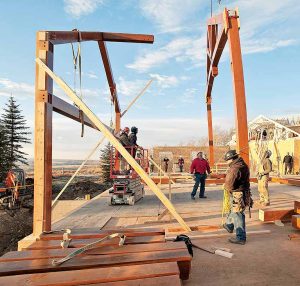
Many would argue that the beauty and artistry of wood joinery is what sets an authentic timber frame home apart from other types of wood homes. This is a building method that was perfected centuries ago by master craftsmen. Long before metal fasteners, like nails or screws were available or cost effective, builders used wood to wood connections to erect amazing structures. These ingenious crafters cut mortise and tenon joints into the wood and held the joints together with nothing more than wooden pegs.
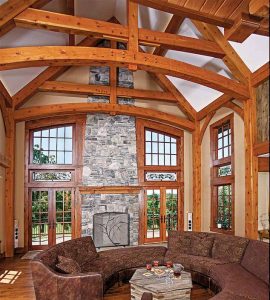
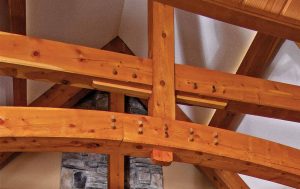
MORTISE AND TENON
At the most basic level, a wood joint consists of a protruding tenon (or tongue) and a mortise (or pocket) that accepts the tenon. The mortise of one part of the frame fits with the tenon of another. Holes are drilled slightly offset through the joint to allow for long wooden pegs to be inserted and lock the joint together.
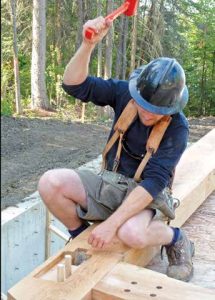
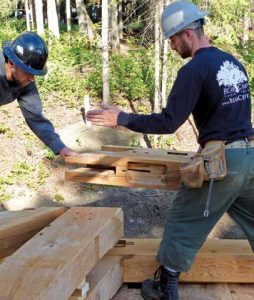
A VARIETY OF CONNECTIONS
A designer’s selection of joinery, or connections, is based on both the engineering needs and aesthetic taste. In many cases there are multiple options for connecting one part of a frame to the other, leaving the designer with the freedom to choose a style that fits best with the needs of his or her client. Some connections are more elaborate than others and can end up becoming a focal part of the room for which they are created. For instance, a designer might choose a truss with a king post end that passes completely through the center of the bottom truss. Or, along the wall where two timber girts (a horizontal beam connecting one bent system to another) intersect a vertical post, they may utilize a spline that goes through the post and provides a place for the girts to rest upon, in addition to the mortise and tenon connections. These types of exposed connections are details that draw people into the beauty and uniqueness of this traditional building method. Other details such as curved knee braces, ornamental ends and chamfered edges can add to the uniqueness of a single timber frame.
TIMBER FRAME OR POST AND BEAM
You may notice that some people will use the terms “timber frame” and “post and beam” interchangeably. While both use a system of posts (verticals) and beams (horizontals) to construct the frame, only timber frame homes use actual wood to wood connections, like mortise and tenon.
In place of the joinery, post and beam structures utilize metal plates or fasteners to hold the vertical posts and horizontal beams together. These fasteners may be designed to have a decorative affect, or may be hidden inside the wood. Both homes can have a similar overall look, but it is up to you to decide if a more authentic appearance is what you are looking for.
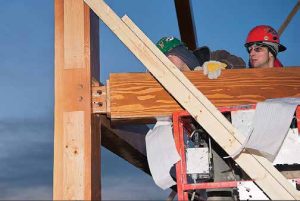
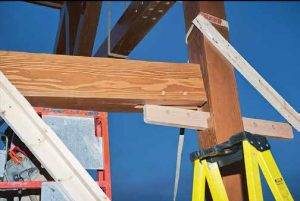
CONSTRUCTION
Up until very recently, most timber frame joinery was cut by hand. The timbers may have been squared on a saw, but the joints themselves were chiseled by hand. Although there are still craftsmen who use a combination of small power saws and hand tools, most modern timber frame homes are cut using precise CNC machinery.
Technology has made it possible for a computer-controlled saw to use detailed shop drawings and cut very detailed mortise and tenon joints. The same type of connections that have been used for centuries can now be produced much faster, more precisely and at a lower cost than handcrafting.
The pieces are then fit by hand and drilled for the wooden pegs which will be inserted on the job site when the frame is raised. The frame pieces arrive on site where the main bents are put together and the pegs are pounded in. Then, in lieu of 20 men or a couple of oxen, a crane picks the bent up and sets it into place. Each section is connected by girts or other beams until the whole frame is up.
Need More Information?
Whether you’re looking for more information or would simply like to learn more about us and our services, don’t hesitate to contact us. Please follow the link below to access our online form or call us at 888.486.2363 in the US or 888.999.4744 in Canada. We look forward to hearing from you.
Order Riverbend Brochure Contact Us
